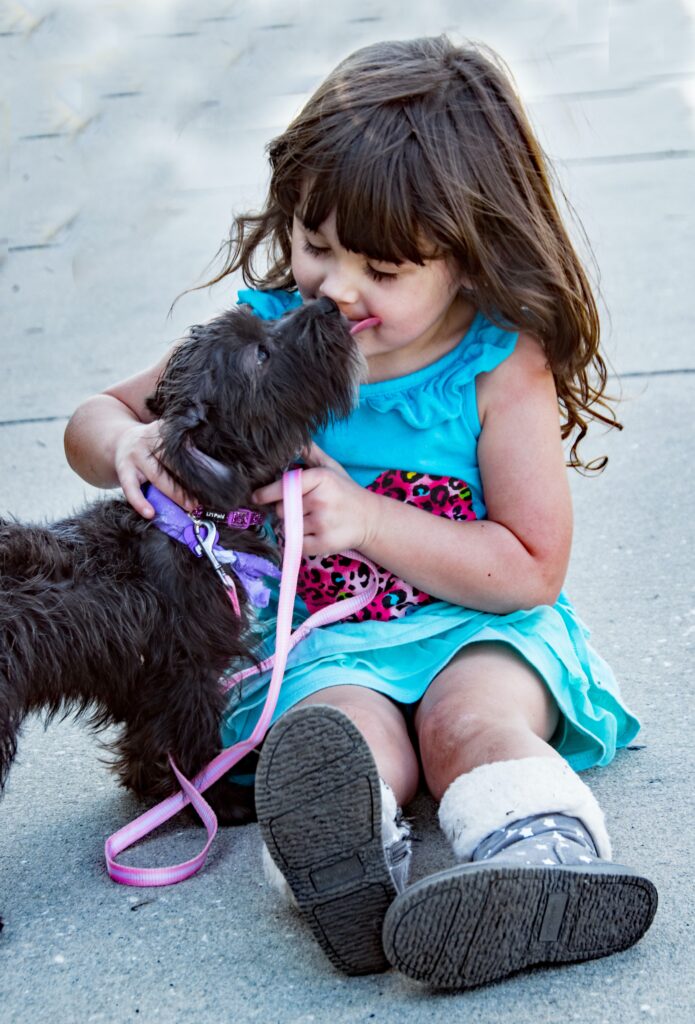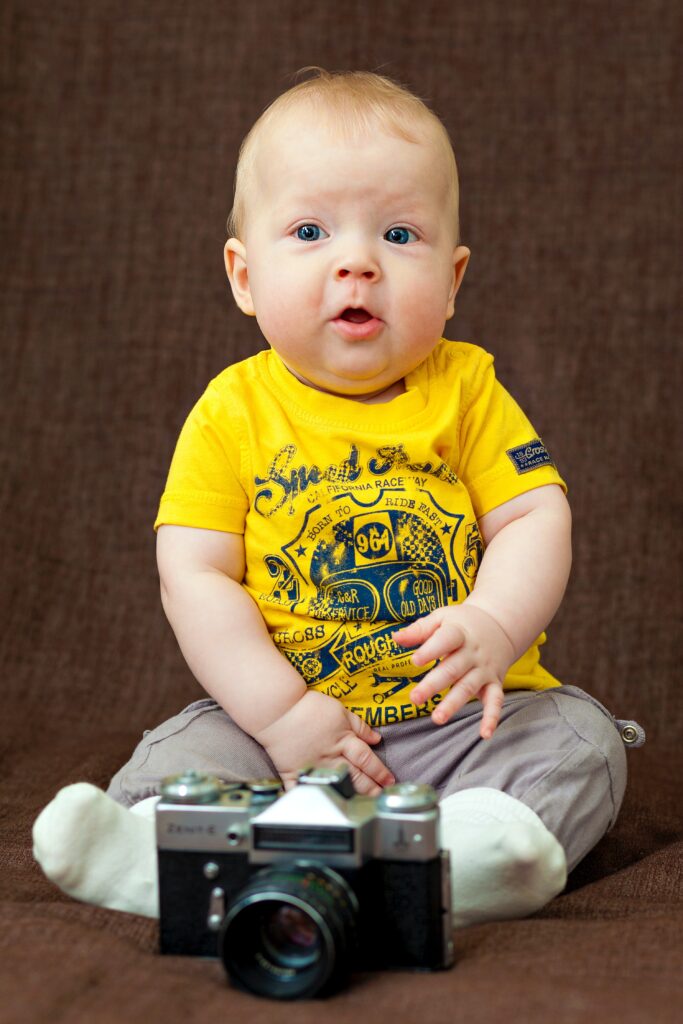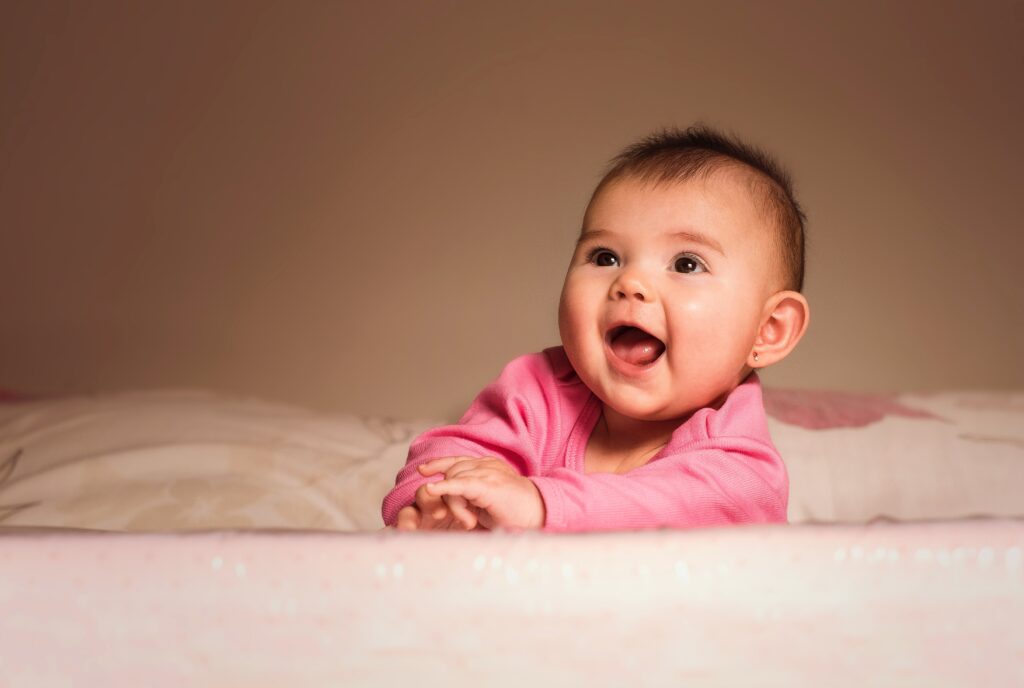Baby Cobra Yoga with Healthier Baby Today! Yoga is not exclusive—you can practice yoga no matter how old you are, what you do for a job, where you reside, or what religion you follow. Yoga is available to almost everyone. Certain styles of yoga, specific poses, or breathing methods can be difficult or dangerous if you have a medical condition or a recent injury. Alternatives or adaptations usually allow you to practice safely, and many frequent issues have specialized yoga treatment cures. Before beginning yoga, we urge that you contact a physician or other trained healthcare expert if you are recuperating from an accident or are in poor health.
Yoga has many benefits for adults, and it’s also a terrific method to improve your child’s mental health and well-being. But what about baby yoga? It may sound unusual, but starting yoga with your kid as young as four months old is a perfect time. Babies are becoming more mobile at this stage, and yoga can help them improve their strength and co-ordination-ordination.
What Is Yoga For Babies? – Baby Cobra Yoga

Baby yoga promotes sensory development and integration in babies through movement. They can’t walk or talk, yet they can easily arch their backs into the downward dog stance. Yes, toddlers and newborns are doing yoga – studios are already offering courses to children as young as six weeks old. Co-ordination-ordination, balance, and sensory integration all rely on input from multiple sources in the body to produce successful campaigns and body control.
Baby yoga programs combine exercise and relaxation. Classes typically begin with a warm-up phase that can serve as a welcome period, during which you and your baby will perform some familiar tunes and simple, limbering motions. This may include some critical baby massage motions, so yoga can be an excellent follow-up lesson once your baby has outgrown massage classes. Expect to be involved entirely since most yoga exercises will require you to assist your baby in performing postures, stretches, swings, and holds that will help him gain strength and cohesion for physical improvements such as sitting and crawling.
The Easiest Poses for Babies

Baby Cobra Yoga: Gaining spatial awareness gives your infant confidence. Being guided through easy yoga poses by a loving instructor improves social skills and relationships. Yoga also helps babies with practical developmental tasks like rolling over, tummy time and crawling. When teaching your baby yoga, make sure they are a willing participant. Make practicing enjoyable and connecting. Never force a baby into a posture or keep her in a stance for longer than she appears to be comfortable with. She could stay there for one or several breaths. A yoga position may not even last one complete breath at times; the goal is movement and awareness of space and connection, not perfection.
- Good Morning Stretch: Place your baby on her back. Assist her in extending her arms high and her legs straight out in front. Hold the stretch for a few breaths, then let her release and move normally.
- Wind-Relieving Pose: Place your infant on his back. Gently press the bottoms of their feet and ease his knees toward his chest. Allow your infant to adjust to the movement. Hold the squeezed-in stance for a few breaths, then let him go.
- Knee-to-Chest Pose: Instead of bringing both knees against his chest at the exact moment, do one at a time. Lay your baby on their back and softly press one leg toward his chest. Hold for a few seconds, then release and swap legs.
- Bridge: Around 5 months, a baby spontaneously transitions into Bridge. Encourage your baby to do the posture by lying on her back, bending her knees, and planting her feet on the floor. Help her gently raise her hips, creating a slope from her knees to her shoulders. Coos and claps are used to mark the occasion. Allow her to hold the posture for as long as she wants.
- Downward-Facing Dog: As older babies learn to crawl, this stance comes naturally to them. Place your baby on her belly and urge her to get into all fours. As your ba presses her hands and feet down, encourage her to elevate her buttocks toward the ceiling. She’ll most likely instinctively assume the triangular stance. Put the baby on a blanket or mat next to yours. Play a little monkey-see-monkey-do to coax her into any of these stances. It’s okay if she only appears for a second or two – it’s all about strength and play, not long, mindful yoga holds.
One of The Best Poses For a Baby/Toddler – Baby Cobra Yoga Pose

Teaching the Baby Cobra Yoga Pose to children of all ages is enjoyable. This stance invites transformation and introspection as the strong cobra sheds its skin. Because of the cobra’s remarkable capacity to shed, its skin may constantly morph and replenish itself. While holding this stance, tell yourself, “I am open to change.” We, like the snake, are continually altering and transforming ourselves. This position is also excellent for children to develop upper body strength!
Encourage your youngster to make snake hisses as a fun breathing practice. This pose is excellent for stretching the back and legs and opening the heart to the outside world. We advise children to picture themselves as cobras when they perform this stance.
Tips for Perfecting the Baby Cobra Yoga Pose?
Baby Cobra Yoga: Look around the room, to your right and left, for things. Then glance slightly upwards or back down to the floor in front of you to see what you can see. This practice will assist your toddler with honing their head and eye motions. Your child will be able to use these skills in the nursery or classroom as they begin to look up at a whiteboard and back down to their desk. Begin wriggling together, stretching forward with one arm, then the other. Your child will train their shoulder muscles again and use their back and abdominal muscles more. Your child’s tummy and back muscles must be active to sit correctly. Stop wriggling after a short distance. Consider this. Are your legs moving? When we squirm, we frequently forget about our legs. Encourage your child to move their opposite arm and leg to perfect their snakey wriggle’; practicing the baby cobra yoga pose will strengthen their hip muscles and improve their co-ordination-ordination.
How to Practice the Baby Cobra Yoga Pose

If your child is having difficulty moving both their arms and legs as they wiggle, divide the action into smaller steps:
- Assist your youngster lying on their stomach with their elbows bent and their forearms propping them up.
- Encourage your youngster to move their right elbow forward slightly before rolling onto their right side.
- Direct your child’s gaze to the left as they roll to the right. They should almost instinctively bend their left leg.
- Encourage your child to return to the baby cobra yoga pose, but move their left elbow forward this time. Then they roll to their left and look to the right. This should encourage them to bend their right leg up. Experiment using the same actions on the opposite side.
- Guide your child through the rolls, moving their elbow, body, head, and opposing leg. Then check if they can connect them to commando crawl.
- Wiggle forwards and backward, then stop and wave your ‘snakey’ tail. Bend the knees so your feet are in the air and sway both feet softly from side to side.
Baby Cobra Yoga! This action is fantastic for the belly, back, and hip muscles, but it also helps your child become more aware of their body’s “center” and how they can move their legs (and arms) across it to the other side. This ability is sometimes referred to as “crossing the midline” – imagine how often your child will use this skill to dress themselves in the morning, all thanks to practicing the baby cobra yoga pose!
Small Steps for Baby Cobra Yoga
The baby cobra yoga pose and its variations may appear to be little movements (often referred to as baby backbends), but they lay the groundwork for deeper backbends by teaching you and your child how to work your legs, pelvis, and belly.


